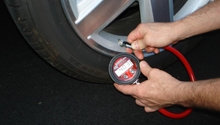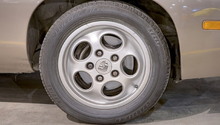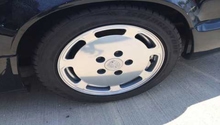Porsche: Why is My Tire Pressure Light On?
Has the tire pressure light suddenly appeared in your dash? This article provides information as to what triggered it and how to ensure it turns off.
This article applies to the Porsche 928, Porsche 993, and Porsche 997 (1979-2012).
The tire pressure light in your Porsche is meant to let you know that the air pressure is low in at least one of your tires. If the tire pressure light goes on in your Porsche, the first thing you should do is pull over to a safe area to check your tires. Read on to learn what to do in this situation so that you can properly address the issue at hand.

Step 1 – Pull over to a safe area
Per Firestone Complete Auto Care, the tire pressure light turns on when a tire is under-inflated by 25% or more. Short of your tire going flat, which is a noticeable event, you’ll want to pull your car over to an area like a parking lot, so that you can safely check the tire pressure in all of your tires.
In an instance where your tire does blow out, maintain control over your vehicle, put on your hazard lights, and slowly move the car over to the side of the road. While you’ll want to jump out of your car as soon as it’s come to a stop to see what happened, check your mirrors first to ensure you are far enough away from oncoming traffic.
Step 2 – Check your tire pressure
You should have a tire pressure gauge in your car at all times. It can be manual or digital, but it’s useful in instances like this to help you with checking the pressure in your tires.
Recommended levels of pressure for a Porsche 928 are 36PSI for front and rear tires. Should you forget this number, it is located in your car’s owner manual. You can locate the PSI recommendation for other models on the tire itself.
(Related Article: Porsche: How to Check Tire Pressure - Rennlist.com)

Step 3 – For tires with low pressure, get to a gas station
If your tire pressure is slightly low, and there are no signs of a blowout or impending flat, get back in the car and get to the nearest gas station. Turn off the music in your car and be aware of sounds and bumps as you drive, which might indicate your tire is getting worse.
If you get to the gas station without any issues, top off the tire using the air pump station. Unscrew the valve stem cap and insert the hose into it, checking the pressure indicator on the air pump as you fill it with air.

Step 4 – If your tire gets worse, or you have an obviously flat tire, head to a tire repair shop
Tire repair shops specialize in this particular service; as such, they tend to cost a bit less than a full auto body repair shop. If you have your car towed there, or are able to get there with low pressure in your tire, have them inspect your tires for holes and repairs. For minor damage, these technicians will typically patch or plug it up; for more serious cases, they may tell you it’s time for a new tire.
(Related Article: Porsche: How to Repair a Tire Leak - Rennlist.com)
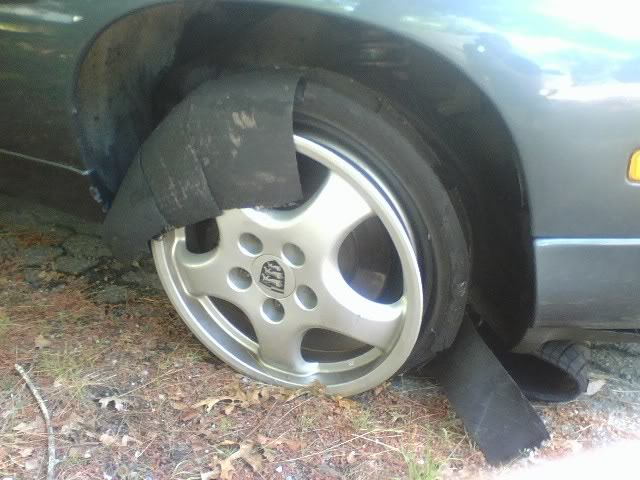
Step 5 – Reset/bypass your tire pressure monitoring system
If your tire pressure monitoring system is constantly going off, yet you check the tires and there are no changes in pressure/obvious damage that would cause the pressure of the tire to go down, then you may need to reset your tire pressure system.
To do this, locate the unit, which is under the dashboard on the left hand side of the steering column. It’s a sliver box about the size of a postcard. Unplug it, and plug it back in. If your tire pressure monitoring system continues to go off, and you do not want to take it to a dealership to have re-calibrated, you can do one of two things: (1) Simply never plug it back in, and just keep it removed from the card, or (2) Install a jumper wire in the system between pins 2 and 13 on the harness connector to bypass the sensor.
Note
Bypassing this sensor is not the recommended solution in this instance, as it could lead you to not being aware of a leak in one of your tires.
Also, it’s worth pointing out that with early 928s, the company designed the system to provide the regulatory minimum of pressure while also giving more information about the sports car to the Porsche enthusiast. Basically, it’s a lot of sensors inputting data into a limited computer resource (the company tried to do too much with limited resources).
If you find yourself in this scenario, that is, you just think your Porsche’s computer system is overloaded with data, and the tire pressure monitoring system is acting up because of it, you might want to take your car to a Porsche dealership and request they re-calibrate the system to keep the false alarms down to a tolerable level.
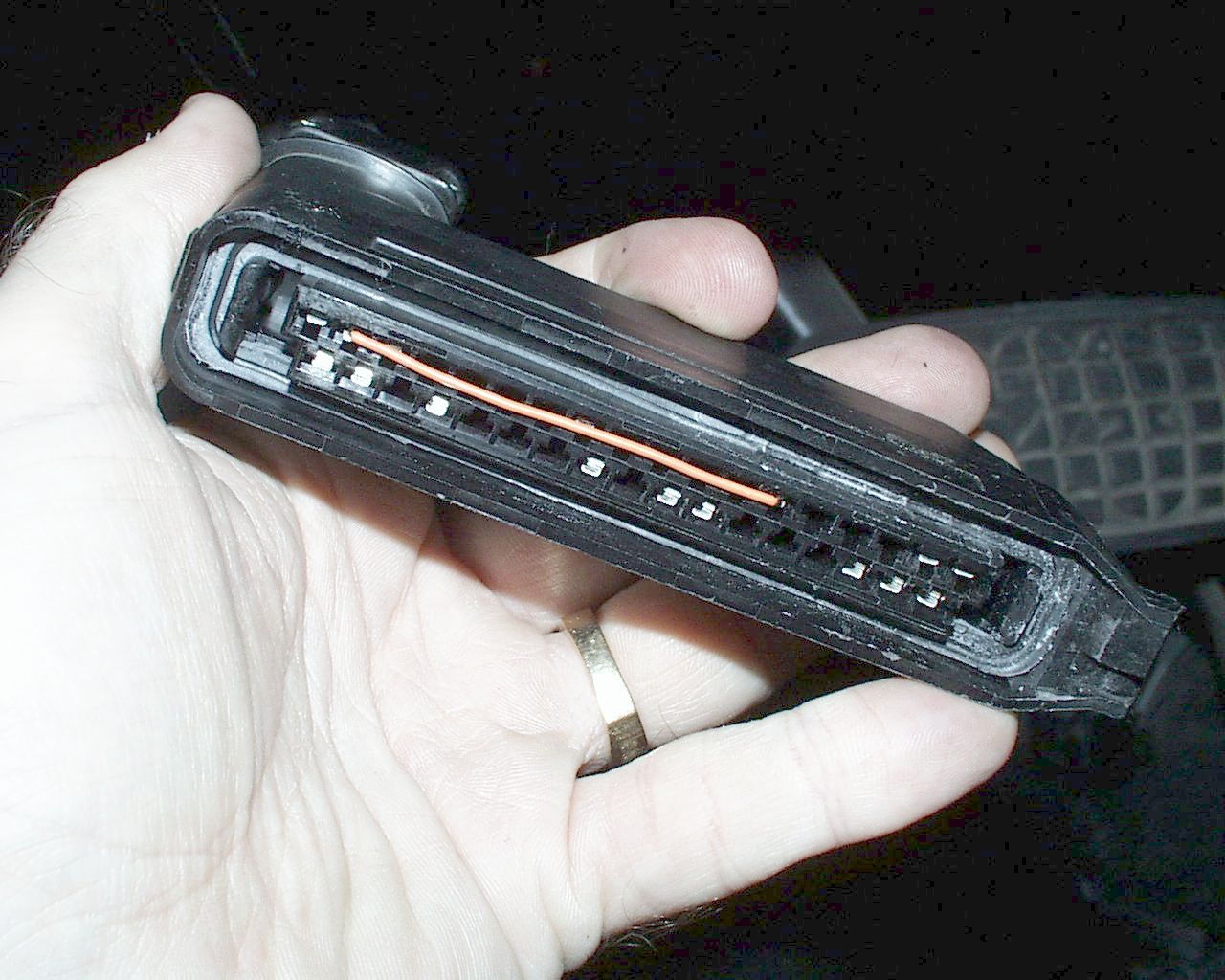
Related Discussions
- Tire Pressure Problem Software or Sensor - Rennlist.com
- Having Trouble Disabling RDK System - Rennlist.com

